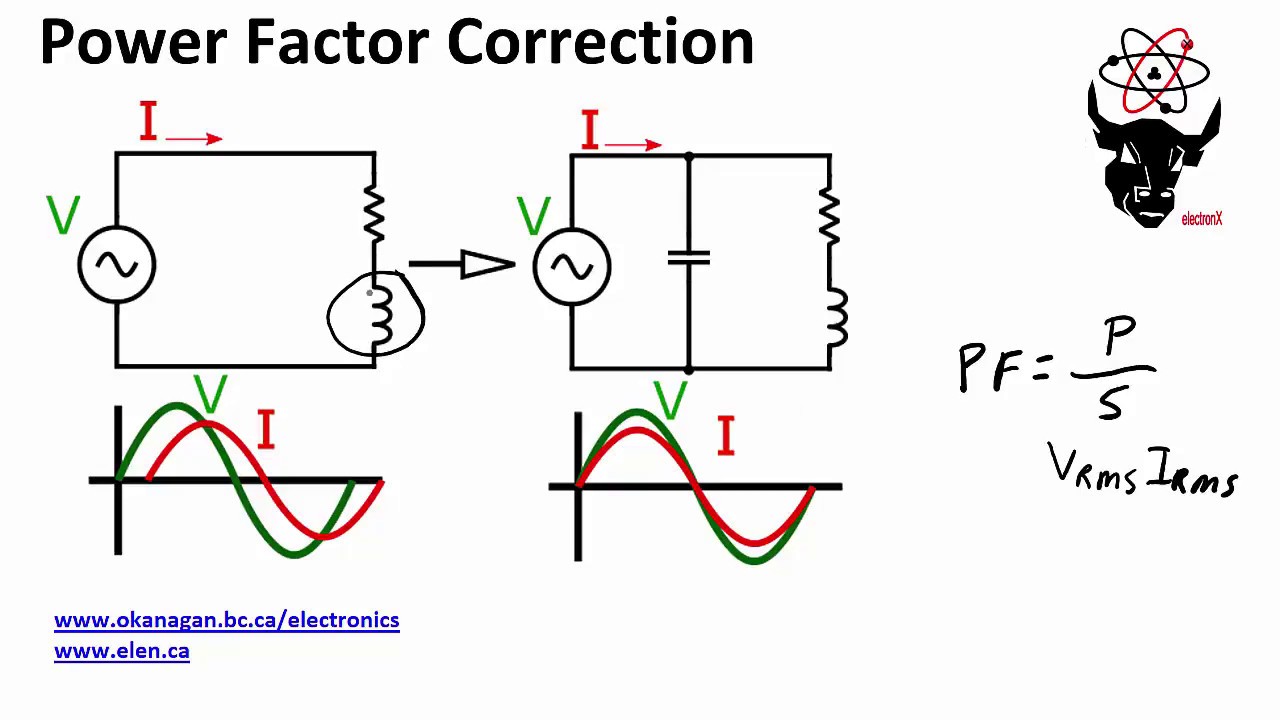
Best Way to Implement Power Factor Correction
Are you looking for ways to improve the efficiency of your electrical system? Implementing power factor correction is a great way to do just that. Power factor correction involves the process of improving the power factor in an electrical system by reducing the reactive power in the system.
When the power factor in an electrical system is low, it means that the electrical system is not operating at its maximum efficiency. This can lead to increased energy consumption, higher electricity bills, and more wear and tear on electrical equipment. By implementing power factor correction, you can improve the power factor in your electrical system, leading to increased efficiency, reduced energy consumption, and cost savings.
There are several ways to implement power factor correction in an electrical system. One of the most common methods is to install power factor correction capacitors. These capacitors work by storing and releasing electrical energy to offset the reactive power in the system, thus improving the power factor.
Another method of implementing power factor correction is through the use of power factor correction devices. These devices work by continuously monitoring the power factor in the system and making adjustments as needed to ensure that the power factor remains at an optimal level.
Benefits of Power Factor Correction
Implementing power factor correction in your electrical system comes with a host of benefits. One of the main benefits is increased energy efficiency. By improving the power factor in your electrical system, you can reduce energy consumption, leading to cost savings on your electricity bills.
Power factor correction can also help to extend the lifespan of electrical equipment. When the power factor in an electrical system is low, it can put additional strain on electrical equipment, leading to premature failure. By implementing power factor correction, you can reduce this strain and extend the lifespan of your equipment.
Additionally, improving the power factor in your electrical system can help to improve the overall reliability of your electrical system. By reducing reactive power in the system, you can increase the stability of the system and reduce the risk of power outages and equipment failures.
Best Practices for Implementing Power Factor Correction
- Conduct a power factor analysis to determine the current power factor in your electrical system.
- Identify areas where power factor correction can be implemented to improve efficiency.
- Choose the best method of power factor correction for your specific needs, whether it be capacitors or devices.
- Work with a qualified electrical engineer to design and install the power factor correction system.
- Regularly monitor and maintain the power factor correction system to ensure optimal performance.
By following these best practices, you can ensure that the power factor correction system in your electrical system is implemented effectively and efficiently, leading to increased energy efficiency, cost savings, and improved reliability.
Implementing power factor correction in your electrical system is a smart investment that can result in long-term benefits for your home or business. By improving the power factor in your electrical system, you can reduce energy consumption, extend the lifespan of electrical equipment, and improve the overall reliability of your electrical system.
Was this helpful?
0 / 0